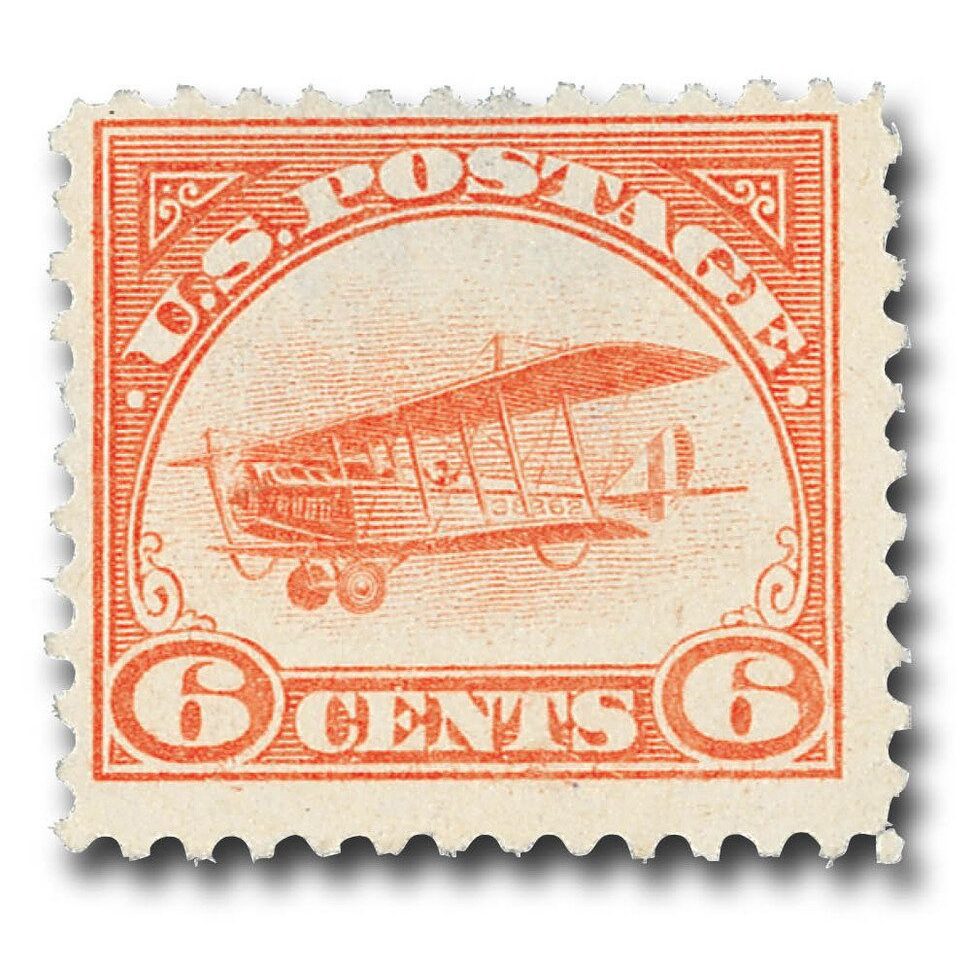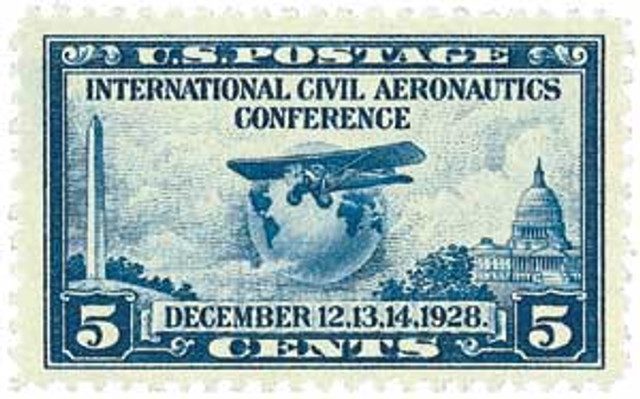On June 23, 1938, President Franklin Roosevelt signed the Civil Aeronautics Act, creating the Civil Aeronautics Authority.
With the first sustained powered flight by the Wright brothers in 1903, the age of the airplane began. People around the country, and the world, tried their hand at creating flying machines. Though America had been the birthplace of aviation, European nations soon took the lead amidst an arms race and the outbreak of World War I.
America continued to take strides however, creating the National Advisory Committee for Aeronautics (NACA) in 1915, which explored the science of flight. Once America entered the war, the aviation industry expanded and proved to be useful both militarily and commercially. Before the war ended, Congress approved the creation of an innovative way to use planes – airmail.
Despite the technological advances in the first decades of the 20th century, aviation was dangerous. The best navigation available to most pilots was a magnetic compass. And they often flew just 200 to 500 feet off the ground so they could follow roads and railways to their destinations. Bonfires were used to aid in night and low visibility landings.
By the mid-1920s, concerns over aviation safety began to grow. Many industry leaders believed that airplanes couldn’t reach their full commercial potential without established safety guidelines. So, President Calvin Coolidge approved the Air Commerce Act in 1926, making the secretary of Commerce responsible for creating and enforcing air traffic rules, granting pilots licenses, certifying aircraft, and establishing airways. The Department of Commerce was also expanded to include a new Aeronautics Branch.
Two years later, President Coolidge welcomed aviation leaders from 34 countries to the International Civil Aeronautics Conference (ICAC) of 1928. While the event was largely a celebration of the 25th anniversary of Wright brothers’ first successful flight, it also opened up dialogs about a number of topics including international air transport, airway development, and safety.
Despite the developments, aviation safety was still a concern. In 1931, a plane crash took the lives of everyone on board, including beloved Notre Dame football coach Knute Rockne. The accident caused a public outcry for increased federal oversight of aviation safety. In response, the Aeronautics Branch was renamed the Bureau of Air Commerce in 1934 and given greater responsibility. One of the new bureau’s first acts was the creation of the first three air traffic control centers in Newark, New Jersey, Cleveland, Ohio, and Chicago, Illinois.
To further promote safety and research, President Franklin Roosevelt signed the Civil Aeronautics Act on June 23, 1938. The act created the Civil Aeronautics Authority (CAA). The CAA included a three-member Air Safety Board that was responsible for investigating accidents and recommending ways to prevent future accidents. The CAA also had the power to set airline fares and routes.
Two years later, Roosevelt split the CAA into two separate agencies. The CAA returned to the Department of Commerce and retained oversight of Air Traffic Control, while the Civil Aeronautics Board (CAB) was in charge of creating safety rules, investigating accidents, and regulating airline pricing.
Despite these strides, accidents continued to happen as airway traffic increased in the coming decades. In 1958, the CAA was converted into the new, independent, Federal Aviation Agency (FAA). The agency was renamed (Federal Aviation Administration) in 1967 and made part of the Department of Transportation (DOT).
Click here for lots more Aviation stamps and covers.
| FREE printable This Day in History album pages Download a PDF of today’s article. Get a binder or other supplies to create your This Day in History album. |
Discover what else happened on This Day in History.







My Mom and Dad met and married when they were both working at NACA in Cleveland , Ohio in the ’40s